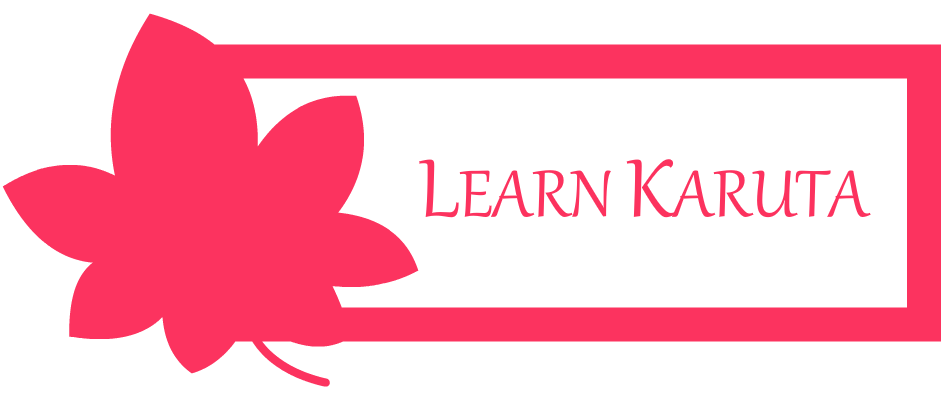Solo Practice
Though it may not be nearly as fun as playing with someone else—or ideal—”solo practice”, i.e. having a practice match with oneself, can be used to improve memorization, visualization, technique, and more.
Laying out the cards:
- Though you can of course place the opponent’s cards based on your own layout, it may be more helpful to randomly place them from one corner to the other, so you are forced to memorize uncomfortable and unfamiliar card placements
- When doing so, it may also be helpful to distribute cards such that there are more cards on the bottom row than the middle row, more cards in the middle row than the top row, and perhaps slightly more cards on the side of the dominant hand, as many (if not most) players will distribute their cards as such
Practice styles:
- Since there is no opponent to take cards from you, there are two ways to go about the match: 1 is to simply remove any taken card from the field, which does not practice the dynamic of sending or receiving cards, committing fouls, etc., and is less recommended
- The other method is to only “win” cards that you feel you took quickly and decisively, and that you likely would have gotten vs. a similarly skilled player. For instance, if you move directly to a card or feel that you heard or reacted to it quickly, you can consider it a “take”, but if you are slow to react, “whiff” the take, defend one of a pair of friend cards but are late to attack the other card when it is read, or commit a foul on one side before taking the card on another, these may be criteria to consider it the “opponent’s take”.
- Essentially, if you felt it was a fast or clean take, consider it yours, and if not, consider it the opponent’s.
- In the latter practice style, you should try to think about what cards you are sending or an opponent might send to help practice the flow of a real game.
Essentially, one style is to simply focus on hearing, motion, and reacting, while the other more closely emulates a real game, but either way it is basically just “ghost play”, so it is only as useful as your dedication and determination to make the most out of it.
For audio to practice with, please check the apps under Other Resources or the Practice Videos page.
Lastly, note that you do not have to practice with 25 cards (e.g. if you do not have the time or energy), and it is okay to practice with a smaller amount of cards, esp. if they include focused subsets of cards (e.g. “o” cards, 3 and 4-syllable cards—whatever you want to work on).
